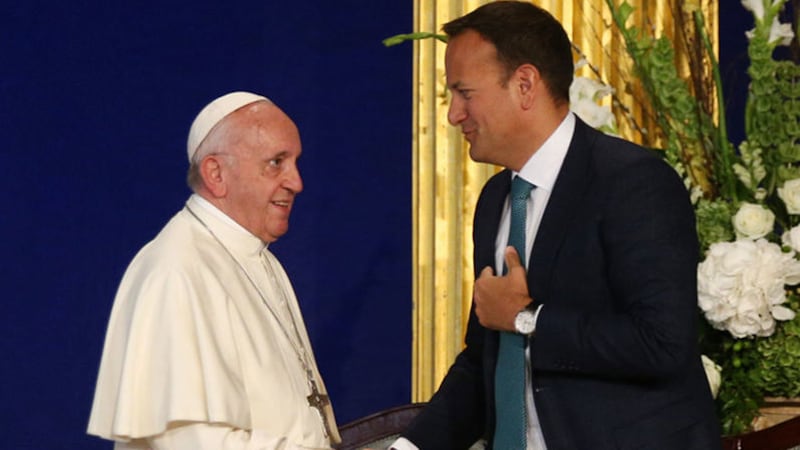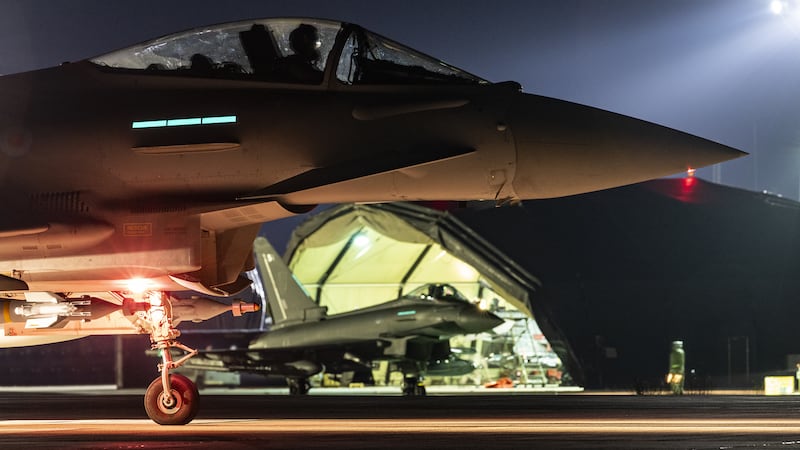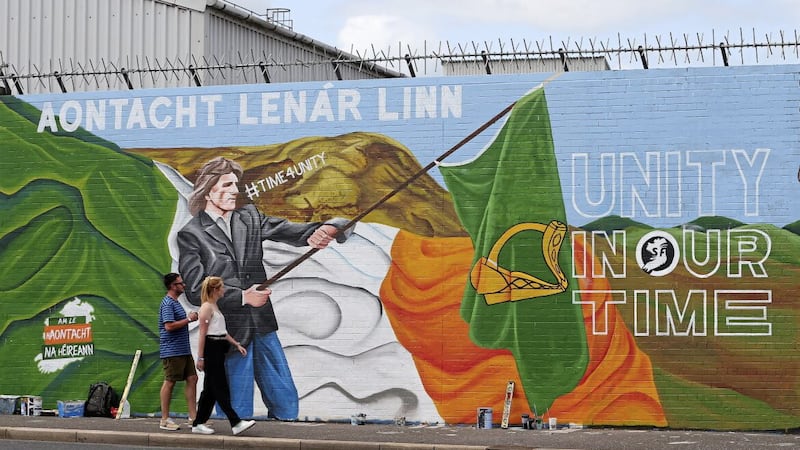There used to be a radical slogan painted on walls here and there: “If voting changed anything, they’d make it illegal.”
Whether that statement from anarchist Emma Goldman (1869-1940) is true or not, the prospect of a general election still arouses considerable interest among the general public.
In the jurisdiction south of the border, politics is a spectator sport – as distinct from the north, these days, where the political scene is like a wax museum that has been closed until further notice. But in the 26 counties there is currently a flurry of excitement – not just confined to media circles – at the prospect that the deal under which the current government holds power might somehow fall apart.
Followers of the Leinster House game will recall that nobody won a clear parliamentary majority in the last outing at the polls, two years ago. But Fine Gael garnered more seats than the other parties and managed to attract a number of Independents with the offer of ministerial positions. Along with that, a “confidence and supply arrangement” with Fianna Fáil, as the largest opposition party, staved off the prospect of an early return to the hustings. A second general election in short order at the time would probably have yielded a similar result.
Since then, one of the more significant changes in the political landscape has been the replacement of Enda Kenny as Fine Gael leader and head of government by Leo Varadkar, in June last year. The new Taoiseach has proven to be quite a clever operator, with a certain talent for connecting to the public mood.
That particular quality was in evidence most recently with Varadkar’s speech of qualified welcome to Pope Francis at Dublin Castle. The Taoiseach was in a similar situation to a soccer player taking a penalty-kick in a match between the Republic of Ireland, in modern secular mode, and Vatican City – there is such a team, managed in the past by our old friend Giovanni Trappatoni. With his combination of traditional Irish hospitality and pointed criticism, Varadkar put the ball firmly in the Vatican net.
An earlier Taoiseach, the late Charlie Haughey, affected to disdain opinion polls but in reality took them very seriously indeed. It is safe to say the current generation of politicians also pay very close attention to them. In 11 out of 15 surveys published before Varadkar took over from Kenny, Fianna Fáil were ahead of Fine Gael. The results of 30 polls between that date and mid-July this year show the Taoiseach’s party ahead in 29 of them, by margins ranging from one point in July 2017 to 13 points a year later.
On the Sinn Féin front, Mary Lou McDonald took over from Gerry Adams last February and some of the more recent polls suggest that her party is neck-and-neck with Fianna Fail in the popularity stakes.
In the US, some recent poll figures indicate that Donald Trump’s popularity with the general public is slipping. However, barring an unforeseen gaffe, his trip to Ireland in mid-November is unlikely to affect ratings for ‘The Donald’ one way or the other, although, as the Papal visit showed, these episodes can have an impact on the standing of Irish politicians.
McDonald has declared her willingness to meet the US president, if invited to do so, but indicated that she would challenge his views on various issues.
Her predecessor Gerry Adams met Trump all of 23 years ago, at a $200-a-head Friends of Sinn Féin fund-raiser in New York, attended by about 400 people. Indeed, the lunch was originally scheduled to take place in the Plaza Hotel, owned by Trump himself, but because of the demand for tickets it was moved to the nearby Essex House Hotel. Adams interrupted his own speech to remark, in humorous tones, “This is not the Trump card, but . . .” and shook hands with the future president, who was sitting close by and received very warm applause, although Sinn Féin has denied he contributed to party funds. Others in attendance included Bianca Jagger, ex-New York mayor David Dinkins, Mario Biaggi, Paul O’Dwyer and the actress Fionnula Flanagan, who conducted proceedings.
Someone you would expect to be meeting Trump on his November visit is the President of Ireland. It may be the incumbent, Michael D Higgins, starting a second term, unless one of his rivals wins the presidential election on October 26. Sinn Féin is not announcing its candidate until this coming weekend but Liadh Ní Riada, Member of the European Parliament, is expected to get the nomination. How she performs may have implications for her party’s chances in the general election. But the way things are going, it can’t be completely ruled out that both contests would take place the same day. Now that would be fun.
Ddebre1@aol.com








